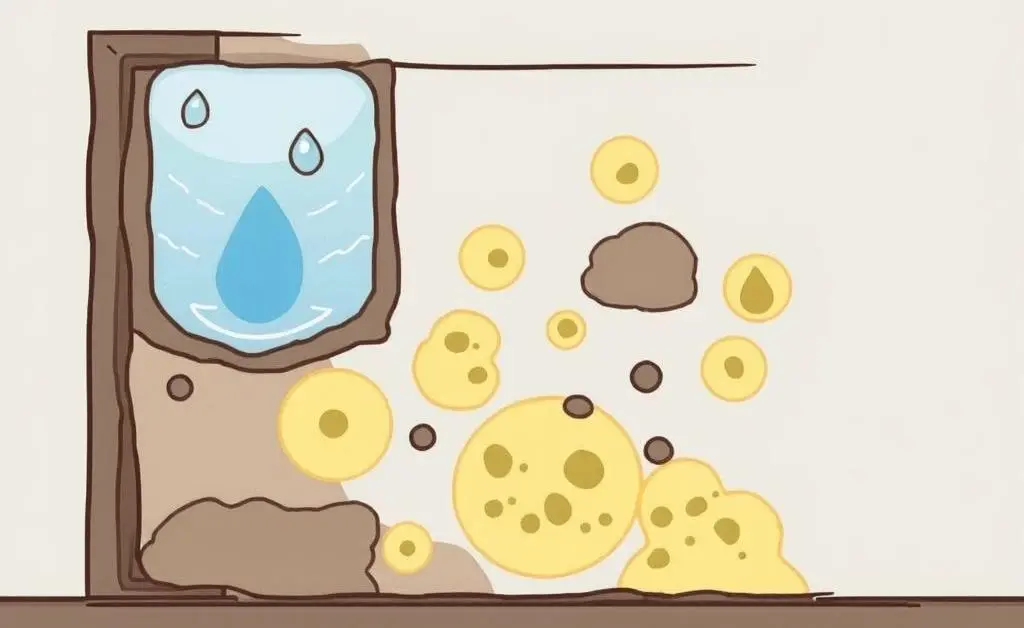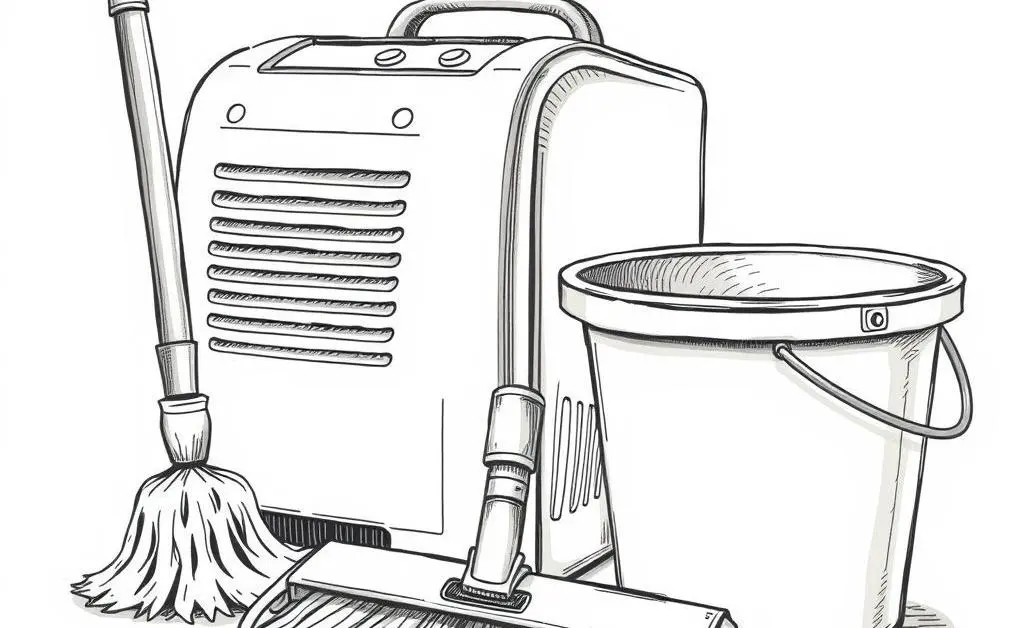How to Handle Water Damage in Your Home Like a Pro
Discover practical steps to tackle water damage at home with ease.

So you've just discovered water damage in your home, and you're understandably freaking out. It's totally okay—water damage is one of those homeowner nightmares that feels daunting at first. The good news: tackling water damage is absolutely manageable with the right steps. Let's dive in and figure out how to handle it like a pro.
Identifying Water Damage: What to Look For
First things first, you'll need to know exactly what you're dealing with. Water damage can show up in several sneaky ways:
- Stains: Look for discoloration on walls or ceilings, often brown or yellowish.
- Moldy Smells: Musty odors can indicate hidden water in walls or carpets.
- Warping or Buckling: If floors or walls seem distorted, water might be the culprit.

The DIY Fix: Getting Started
Now that you've spotted the damage, it's time to roll up your sleeves. Here's a quick guide to tackling the mess:
- Stop the Source: Turn off any nearby water sources and fix leaks if possible.
- Dry It Out: Use fans and dehumidifiers to remove moisture from the air.
- Clean and Disinfect: Get rid of bacteria and mold with cleaning solutions.
- Repair: Once it's all dry, you can start fixing walls, floors, or ceilings that were damaged.

Learning from Experience: A Tale of Triumph
Let me share a quick story—my friend Jake, a new homeowner, recently faced a burst pipe in his basement. After the initial panic, Jake used these simple steps to completely dry out his basement and avoid long-term damage. He even found a hidden mold spot that could've been a future headache!
And while the repairs weren't exactly a fun weekend activity, Jake said it offered him an unexpected sense of accomplishment.
Professional Help: When to Call In the Experts
Sometimes, the problem might be beyond a DIY solution. Consider hiring professionals if:
- The water damage is extensive, covering large areas.
- There is persistent mold that keeps coming back.
- The source of water is unclear and appears to be structural.

Confronting water damage is far less scary when you know the next steps. With a bit of elbow grease and these tips, you can handle most minor issues on your own. What unexpected things have you uncovered during home repairs?




